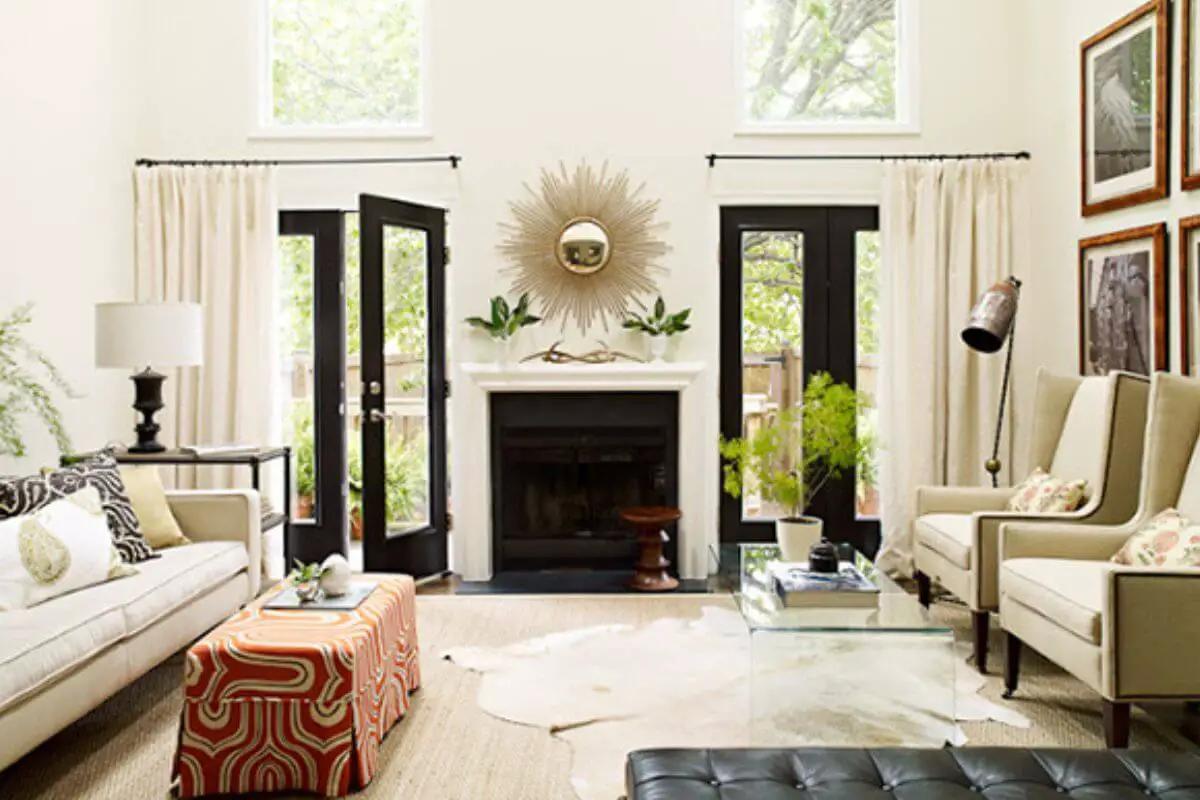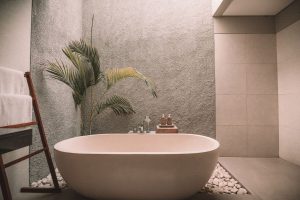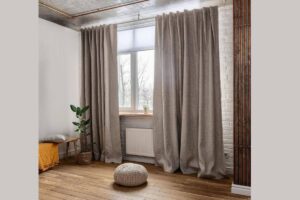When it comes to selecting the perfect paint color for your home, subtle differences can make a significant impact on the overall look and feel of your space. Two popular paint colors that often find their way into interior design discussions are Acadia White and Linen White. In this guide, we’ll explore the distinctions between Acadia White and Linen White to help you make an informed decision for your home.
Acadia White: A Timeless Classic
Acadia White is a soft, warm, and inviting off-white paint color that leans slightly toward beige or creamy undertones. It’s an excellent choice for creating a cozy and welcoming atmosphere in your home. Acadia White works well in both traditional and contemporary settings, making it a versatile option for various rooms.
Linen White: The Crisp and Clean Choice
Linen White, as the name suggests, evokes the image of fresh, clean linens. This paint color is a brighter, crisper white with minimal undertones, making it appear more neutral and less warm than Acadia White. Linen White is a popular choice for achieving a clean and airy look in interior spaces.
Key Factors to Consider
- Undertones: Acadia White has subtle beige or creamy undertones, adding warmth to your space. Linen White, on the other hand, is a purer white with minimal undertones, creating a cleaner and more neutral appearance.
- Room Size: Consider the size of the room you plan to paint. Lighter colors like Linen White can make a small room feel more spacious, while Acadia White’s warmth can create a cozy ambiance in larger spaces.
- Decor and Furnishings: Think about your existing decor and furnishings. Acadia White pairs well with earthy tones and warm wood finishes, while Linen White complements a wide range of color schemes and furniture styles.
- Lighting: The amount and quality of natural and artificial light in your space can affect how paint colors appear. Test paint samples in different lighting conditions to see how Acadia White and Linen White look in your home.
Making Your Decision
To choose between Acadia White and Linen White, consider the mood and aesthetic you want to create in your space. Acadia White brings warmth and coziness, making it suitable for living rooms, bedrooms, and areas where you want to evoke a sense of comfort. Linen White, with its clean and neutral appearance, works well in kitchens, bathrooms, and spaces where you want a fresh and open feel.

Conclusion
In the Acadia White vs. Linen White debate, both paint colors have their merits. Acadia White offers warmth and versatility, while Linen White provides a crisp and clean look. Your choice should align with your personal style, the room’s purpose, and your existing decor. Don’t forget to test paint samples on your walls to see how they interact with your specific lighting and furnishings. With the right choice, you can transform your home into a beautifully painted sanctuary that suits your taste and needs.
FAQs
1. What is the primary difference between Acadia White and Linen White?
The primary difference lies in their undertones and appearance. Acadia White has warm beige or creamy undertones, while Linen White is a crisper, cleaner white with minimal undertones.
2. Which paint color is better for a small room?
Linen White is often recommended for small rooms because its bright and neutral appearance can make the space feel larger and more open.
3. Can I use both colors in the same room for contrast?
Yes, combining Acadia White and Linen White in the same room can create a pleasing contrast. For example, you can use Acadia White on the walls and Linen White for trim or vice versa to achieve a balanced look.
4. Are these paint colors suitable for kitchens?
Both Acadia White and Linen White can work well in kitchens. Your choice depends on the overall style and color scheme you want to achieve. Linen White can provide a clean and fresh look, while Acadia White can add warmth to the space.
5. Will the paint color look the same in different lighting conditions?
Paint colors can appear differently in various lighting conditions. It’s essential to test paint samples in your specific space to see how they look in natural and artificial light.
6. Do I need to use specific types of lighting with these paint colors?
While there are no specific lighting requirements, using warm or cool-toned lighting can enhance the respective characteristics of Acadia White or Linen White. Experiment with different lighting options to achieve the desired ambiance.
7. Can I use these paint colors for exterior applications?
Both Acadia White and Linen White are primarily used for interior applications. When choosing paint for exteriors, consider products specifically designed for outdoor use, as they are formulated to withstand harsh weather conditions.
8. Do these paint colors go well with wood finishes?
Yes, both paint colors can complement wood finishes. Acadia White’s warmth pairs well with earthy wood tones, while Linen White’s neutrality can work with a variety of wood finishes.
9. Can I use Acadia White or Linen White in a modern interior design?
Yes, both colors can be incorporated into modern interior design. Linen White’s clean and neutral look can create a minimalist and sleek atmosphere, while Acadia White can add a touch of warmth to modern spaces.
10. How can I ensure a smooth and even application of these paint colors?
To achieve a smooth and even application, follow the manufacturer’s instructions on surface preparation, primer, and paint application techniques. Proper preparation and use of high-quality tools can help you achieve the best results with either color.
Remember that the choice between Acadia White and Linen White ultimately depends on your personal preferences and the specific aesthetic you want to achieve in your space. Don’t hesitate to consult with a professional painter or designer for guidance tailored to your project.




